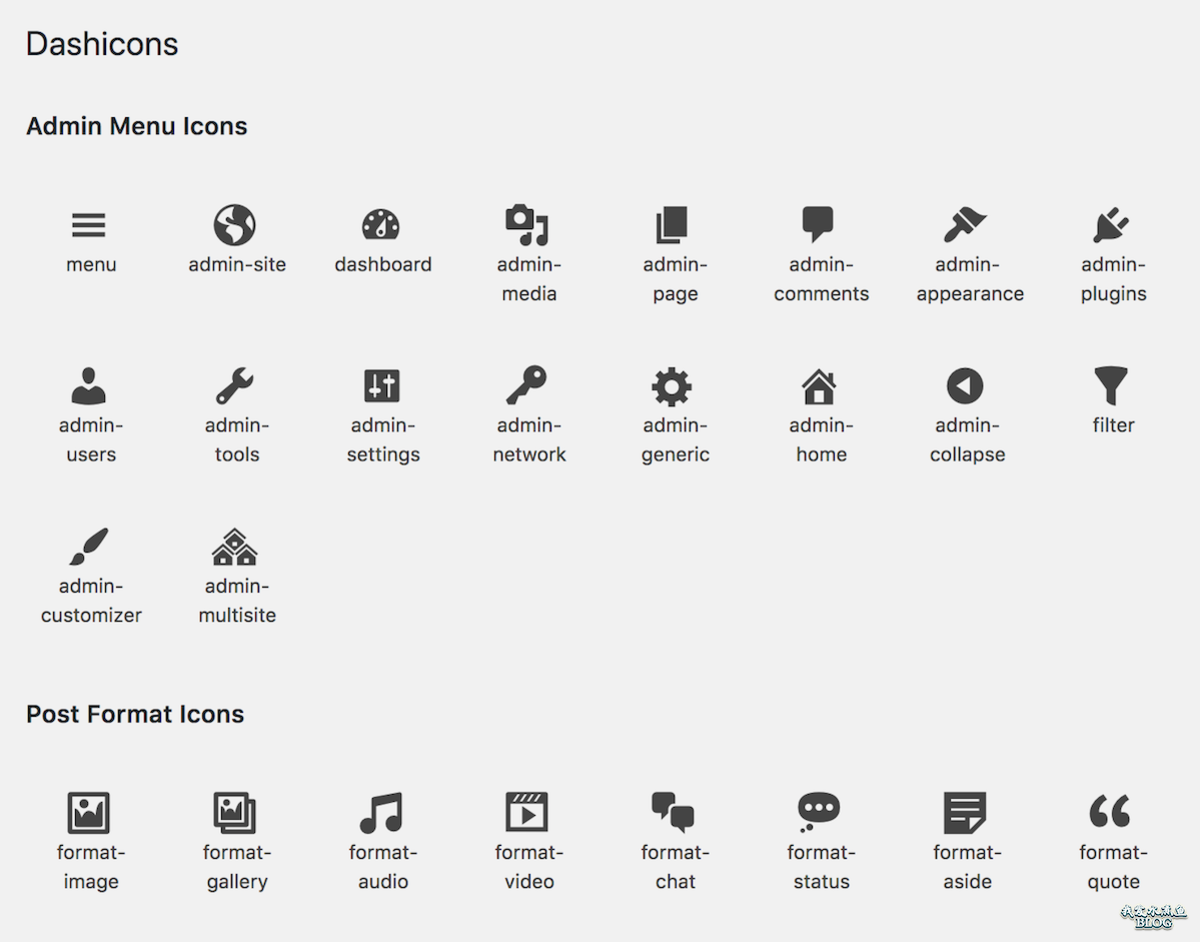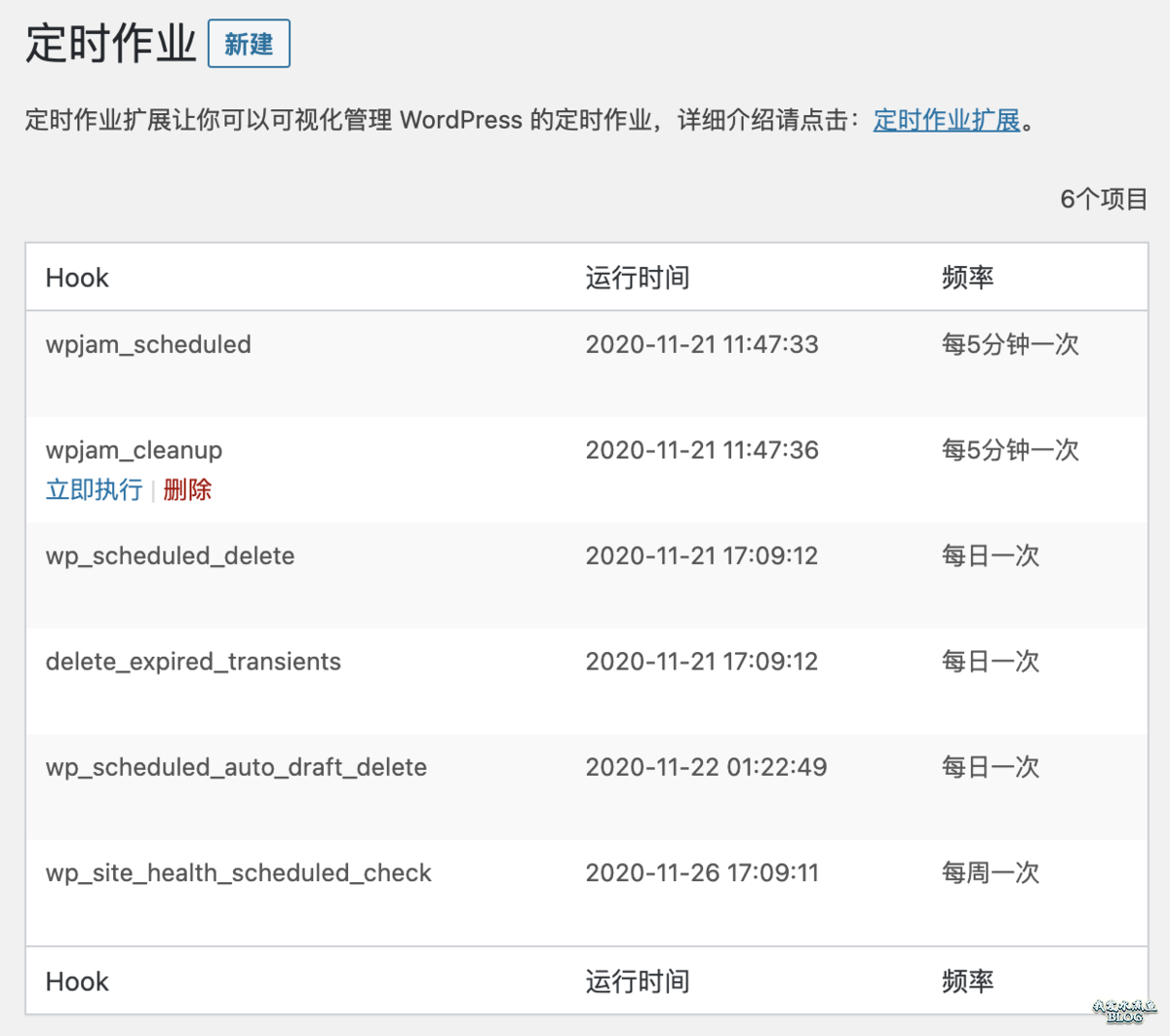ArangoDB:通过示例作为查询函数插入
ArangoDB:通过示例作为查询函数插入
提问于 2016-10-18 15:47:58
图的一部分是使用两个大型集合之间的一个巨大连接来构造的,每次向两个集合中添加文档时都会运行它。查询基于older post。
FOR fromItem IN fromCollection
FOR toItem IN toCollection
FILTER fromItem.fromAttributeValue == toItem.toAttributeValue
INSERT { _from: fromItem._id, _to: toItem._id, otherAttributes: {}} INTO edgeCollection这需要大约55,000秒来完成我的数据集。我绝对欢迎大家提出更快的建议。
但我有两个相关的问题:
- 我需要一个插销。通常情况下,
upsert会很好,但在这种情况下,由于我无法知道前面的密钥,这对我没有帮助。要获得前面的键,我需要通过示例查询,以找到其他相同的、现有边缘的键。这似乎是合理的,只要它不损害我的性能,但我不知道如何在AQL中有条件地构造我的查询,以便如果等效边还不存在,它就插入边,但如果存在等效边,则不执行任何操作。我该怎么做? - 每次数据被添加到这两个集合中时,我都需要运行它。我需要一种只在最新数据上运行这个程序的方法,这样它就不会试图加入整个集合。如何编写允许我只加入新插入的记录的AQL?它们是用Arangoimp添加的,我无法保证它们的更新顺序,所以我不能在创建节点的同时创建边缘。我如何才能加入新的数据?我不想每次添加记录时花费55k秒。
回答 1
Stack Overflow用户
发布于 2016-10-20 00:47:32
如果您在没有任何索引的情况下运行所编写的查询,那么它必须执行两个嵌套的完整集合扫描,通过查看
db._explain(<your query here>);
它显示了如下情况:
1 SingletonNode 1 * ROOT
2 EnumerateCollectionNode 3 - FOR fromItem IN fromCollection /* full collection scan */
3 EnumerateCollectionNode 9 - FOR toItem IN toCollection /* full collection scan */
4 CalculationNode 9 - LET #3 = (fromItem.`fromAttributeValue` == toItem.`toAttributeValue`) /* simple expression */ /* collections used: fromItem : fromCollection, toItem : toCollection */
5 FilterNode 9 - FILTER #3
...如果你这样做了
db.toCollection.ensureIndex({"type":"hash", fields ["toAttributeValue"], unique:false})`然后,在fromCollection中将有一个完整的表集合扫描,对于找到的每一个项,在toCollection中都有一个哈希查找,这将更快。每件事都会分批发生,所以情况应该已经有所改善了。db._explain()将显示如下:
1 SingletonNode 1 * ROOT
2 EnumerateCollectionNode 3 - FOR fromItem IN fromCollection /* full collection scan */
8 IndexNode 3 - FOR toItem IN toCollection /* hash index scan */仅处理fromCollection中最近插入的项相对容易:只需将导入时间的时间戳添加到所有顶点,然后使用:
FOR fromItem IN fromCollection
FILTER fromItem.timeStamp > @lastRun
FOR toItem IN toCollection
FILTER fromItem.fromAttributeValue == toItem.toAttributeValue
INSERT { _from: fromItem._id, _to: toItem._id, otherAttributes: {}} INTO edgeCollection当然,在timeStamp属性的fromCollection中放置一个跳过的索引。
这应该能很好地发现fromCollection中的新顶点。它将“忽略”toCollection中链接到fromCollection中旧顶点的新顶点。
您可以通过在查询中互换fromCollection和toCollection的角色(不要忘记fromCollection中的fromAttributeValue索引)来发现这些问题,并记住只有在from顶点陈旧时才放边,如in:
FOR toItem IN toCollection
FILTER toItem.timeStamp > @lastRun
FOR fromItem IN fromCollection
FILTER fromItem.fromAttributeValue == toItem.toAttributeValue
FILTER fromItem.timeStamp <= @lastRun
INSERT { _from: fromItem._id, _to: toItem._id, otherAttributes: {}} INTO edgeCollection这两个人一起应该做你想做的事。请找到充分工作的例子here。
页面原文内容由Stack Overflow提供。腾讯云小微IT领域专用引擎提供翻译支持
原文链接:
https://stackoverflow.com/questions/40119839
复制相关文章
相似问题













